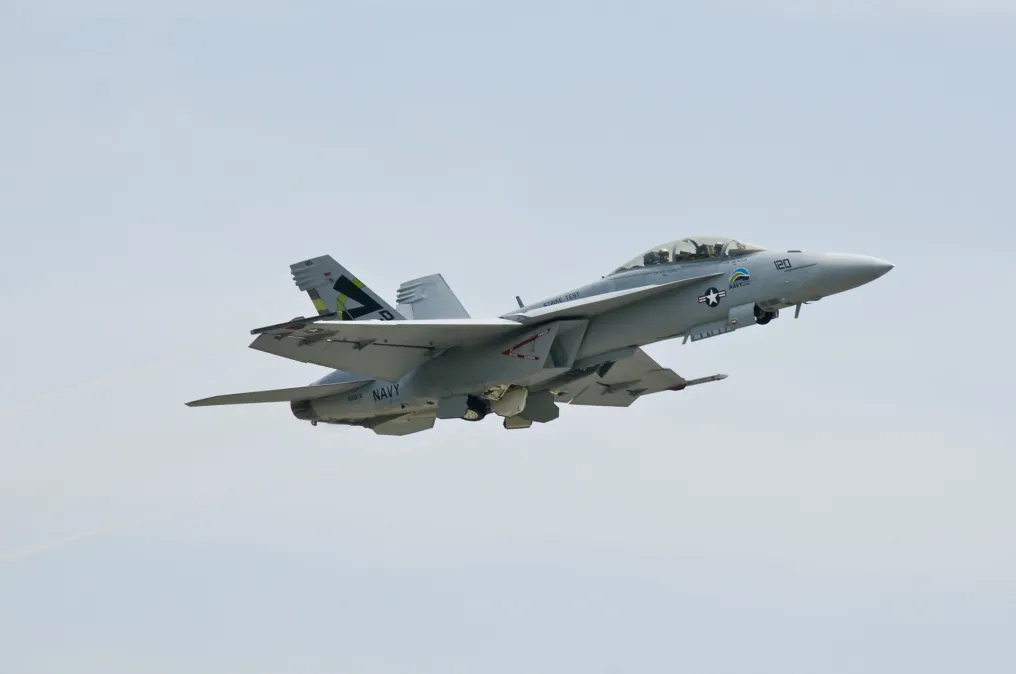Navy eyes sonic boom noise monitoring system for test flights over Chesapeake Bay

The U.S. military base in Maryland where Naval Air Systems Command is headquartered could soon be equipped with an asset to help experts monitor, understand and reduce noise impacts from supersonic flight tests conducted in restricted airspace over the Chesapeake Bay and nearby waters.
Communities along the Atlantic coast occasionally report experiencing sonic booms — or thunder-like sounds from shock waves that are produced by aircraft traveling faster than the speed of sound — associated with Naval Air Station Patuxent River.
At that top hub for the research, development, testing and evaluation of Navy aircraft, NAS PAX flight squadrons lead multiple types of supersonic operations involving fighter jets and other systems.
According to a public notice released on Monday, “Naval Air Warfare Center Aircraft Division (NAWCAD) Patuxent River, MD intends to award a sole source contract to Blue Ridge Research and Consulting, LLC to provide a custom-designed sonic boom noise monitor (SBM) system in support of a noise mitigation requirement for the Atlantic Test Range (ATR) / NAWCAD Sustainability Office at Naval Air Station (NAS) Patuxent River.”
The Defense Department manages a strip of airspace that begins approximately three miles offshore above the Atlantic Ocean and is routinely used for supersonic flight assessments.
NAWCAD’s website notes that “local tests are conducted in 2,700 square miles of restricted airspace in and around the Chesapeake Bay with altitudes up to 85,000 feet” — and, “an additional 57,000 square miles of air and sea space is also available offshore over the Atlantic Ocean from New Jersey to the Carolinas, where altitude is unlimited.”
NAS PAX runs a noise disturbance hotline and disseminates public alerts ahead of many of its supersonic tests. Although they aren’t typically harmful to people nearby, sonic booms can be startling and cause discomfort.
A sonic boom noise monitor, if purchased by the sea service, would likely support officials in gathering data to analyze the unique sound patterns and pressure that aircraft traveling at supersonic speeds generate — and ideally help them minimize effects on the ground.
Details about the envisioned SBM system from Blue Ridge Research and Consulting are sparse in the notice, but officials invited interested companies that can meet the requirements with alternate options to respond to the notice by Nov. 12.
“The [anticipated] award date is January 2026,” officials wrote.
NAS PAX spokespersons did not immediately respond to DefenseScoop’s request for more information.
Public federal contracting data suggests Blue Ridge, a research and consulting firm based in North Carolina, has landed prior work with several government and military organizations, including NASA and the Army.



